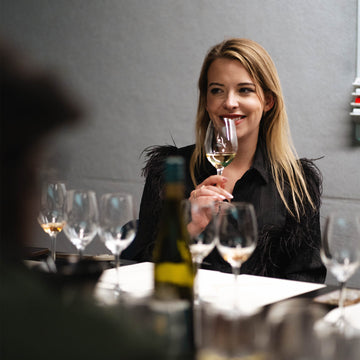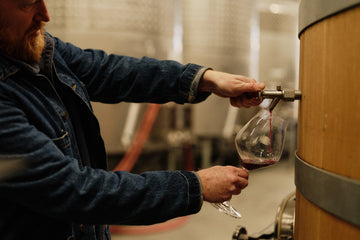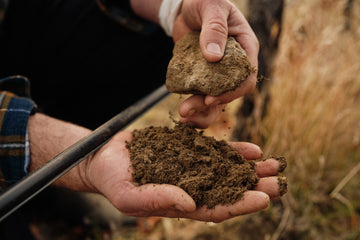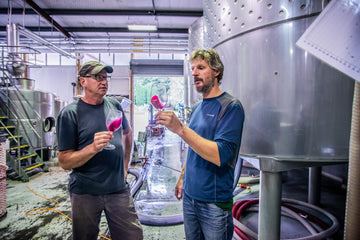

Rosé Is Not One Thing

No, Rosé Is Not Just a Summer Wine

Looks Matter Less Than You Think
"We need to stop judging rosé by how it looks and start asking how it tastes.” – Elizabeth Gabay MW
So What Should You Drink? (Hint: Try These) Not all rosé is created equal - and that’s something to celebrate. Whether you’re after something crisp and delicate, or structured and food-friendly, these Kiwi Cru bottles show just how dynamic New Zealand rosé has become.
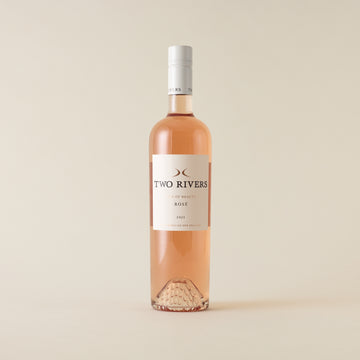
Two Rivers ‘Isle of Beauty’ Rosé 2024 – Marlborough

Pyramid Valley Rosé 2022 – North Canterbury

Hunter’s Miru Miru Rosé (Sparkling) – Marlborough

Kelly Washington Rosé 2024 – Marlborough

Wooingtree ‘Blondie’ Blanc de Noir Rosé 2019 – Central Otago
Discover Our Rosés
Two Rivers Isle of Beauty Rosé 2024
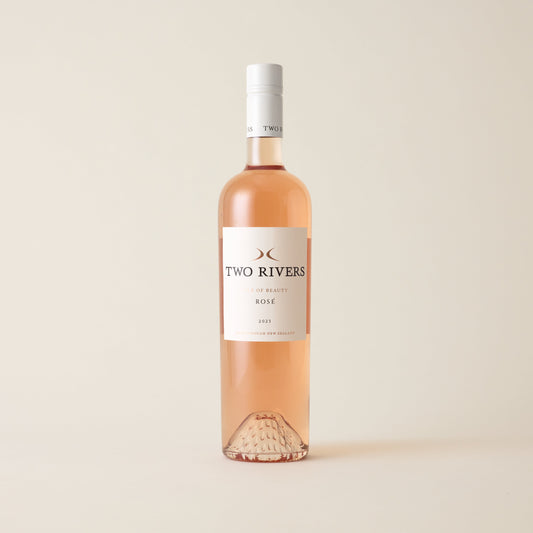







Two Rivers Isle of Beauty Rosé 2024
Regular price
£16.50
Sale price
£16.50
Regular price
Kelly Washington Rosé 2024


Kelly Washington Rosé 2024
Regular price
£24.50
Sale price
£24.50
Regular price
£0.00
Wooingtree Blondie Blanc de Noir Rosé 2019
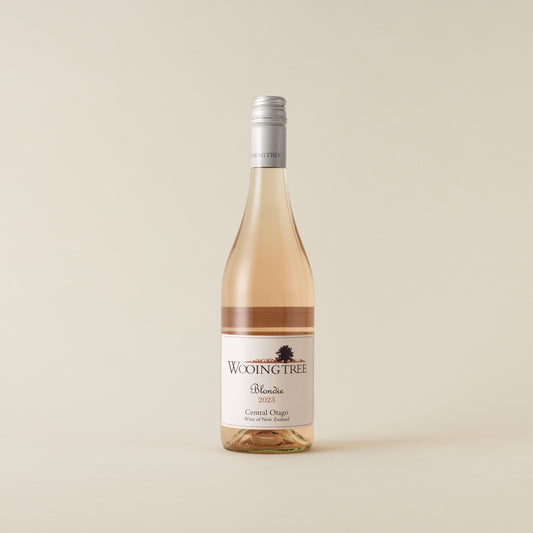

Wooingtree Blondie Blanc de Noir Rosé 2019
Regular price
£25.00
Sale price
£25.00
Regular price
£0.00
Revel in Rosé Trio Mixed Case
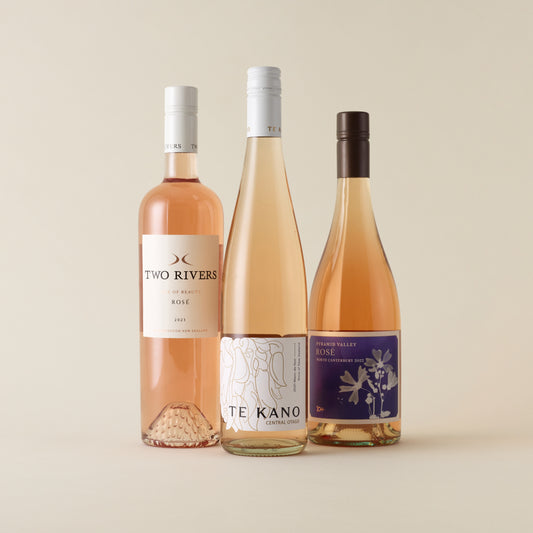

Revel in Rosé Trio Mixed Case
Regular price
£64.00
Sale price
£64.00
Regular price
Pyramid Valley Rosé North Canterbury 2022
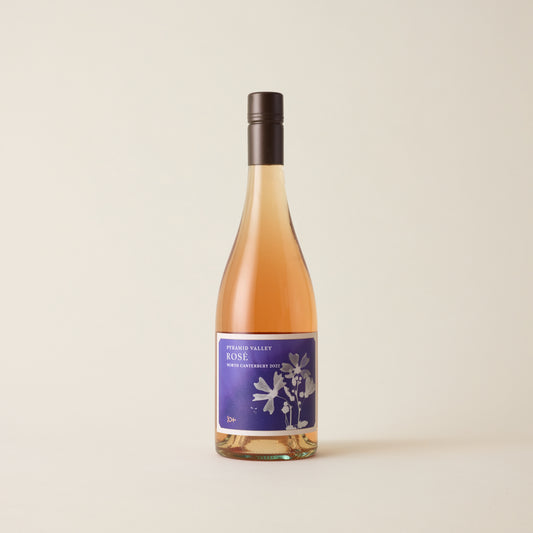





Pyramid Valley Rosé North Canterbury 2022
Regular price
£25.00
Sale price
£25.00
Regular price
Hunters Miru Miru Rosé


Hunters Miru Miru Rosé
Regular price
£22.50
Sale price
£22.50
Regular price
£0.00
